After a difficult first half to 2020, heat waves then took hold across North America, from Canada down into the Southern and Central USA. These extreme summer temperatures pose a very real health risk to the most vulnerable members of society.
There are some tips to help keep a home cool during a heat wave, but faced with long spells of very high temperatures, that becomes increasingly difficult to do as heat is stored in the thermal mass of our homes making it more difficult to cool them down at night.
Mechanical home heating systems
For those that rely on air conditioning to keep a home cool during extreme heat waves, the investment in mechanical systems and the operational energy costs can be significant, and that will continue to grow just as the frequency and severity of extreme heat advisories grows.
The environmental impact and greenhouse gas emissions from home cooling systems is not limited to carbon emissions from the energy they use. Air conditioners and heat pumps contain fluoridated gases, which have a heavy impact on climate change. Mechanical climate control cooling systems will always have a place in home design, but they should be a secondary design focus after cheaper passive cooling strategies have been implemented.
Natural shading techniques to cool homes
Our reliance on grid-fed power to cool our homes in summer as global temperatures rise, and our acceptance of the high cost of cooling our homes, point to a missed opportunity to keep the heat out in the first place.
This design flaw is visible to the naked eye, as we so often see homes with tall south facing windows that have no shading, are most often only double-paned, where air conditioning systems must then work hard to keep the heat out. This oversight in design leads not only to higher cooling costs, but also less comfortable homes as the radiant heat from the surfaces of our homes warms us.
The sensation of heat on the human body in this case is caused by solar radiation infrared rays. These rays have greater wavelengths than other types of thermal radiation. Infrared radiation has the distinction of not being visible, but it warms the body without changing the temperature of the air (read more here about how to design a home for thermal comfort).
When infrared rays touch our skin, it speeds up the molecules of our bodies (read – ‘raises the temperature’) and we can very quickly feel uncomfortably hot. The majority of UV rays from the sun do not pass through windows, but enough do come through to degrade the surfaces and furniture of our homes.
Most of the solutions to keep the sun’s heat out of our homes also block visible the rays, such as relying on blinds or curtains on the interior, or installing awnings or exterior roll down shutters.
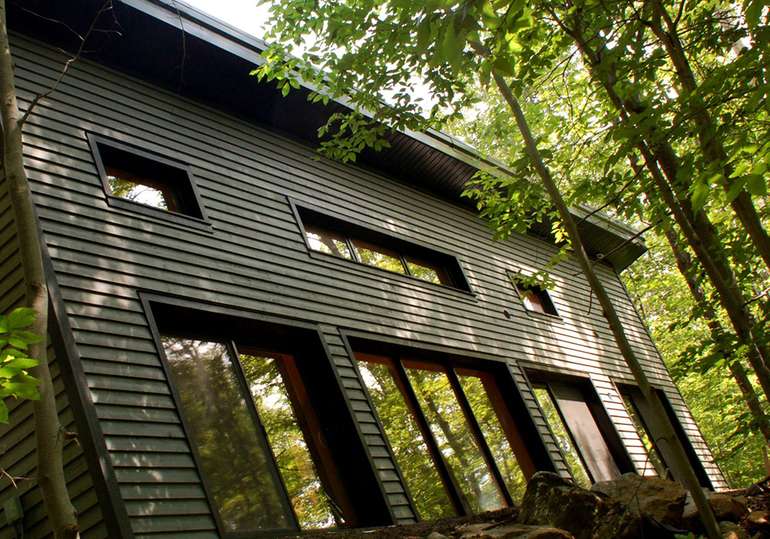
The ‘most natural’ of natural cooling techniques is a staple of passive heating and cooling, namely having deciduous trees on the south façade by either building next to them, or planting them and waiting extremely patiently over a couple of decades for them to grow. Tree foliage can provide shade in the summer and yet allow heat in the winter as the leaves fall off. We should all be so lucky to have a nice stand of mature maples outside our south windows, but we are not, so, moving on…
There is an after-market window treatment product that can be applied to windows that blocks Infrared rays and the heat they bring. Sketch Nanotechnologies has developed a transparent coating called SketchNanoGard Thermal, that is rolled on as a liquid to the glazing of windows and acts as a heat shield to improve the performance of windows without low-E coatings.
SketchNanoGard blocks 85% of infrared rays, which heat the home and cause discomfort when they are too abundant and the air temperature is high.
The product was designed to block the most important wavelengths, including infrareds that exceed 780 nanometers (hence the name SketchNano).
The main advantage to this product is that it is transparent and does not block visible rays; in fact, it is virtually invisible to the naked eye after installation. Secondary to that is that it also blocks more UV rays than ordinary glass, protecting the surfaces and furnishings of your home from fading and degrading under harsh UV rays.
SketchNanoGard's improved thermal resistance and energy savings
According to an independent study conducted at Ryerson University in Toronto, applying SketchNanoGard to a clear, argon-free, double-paned window brings the thermal performance from R-2.1 up to R-3.0, which is a 43% improvement. That is a very impressive performance enhancement of what is the weakest point of any building envelope, the windows. The solar heat gain coefficient will increase from 0.7 to 0.4 , also an improvement of 43%.
Annual energy savings in an extreme climate
SketchNanoGard is based in Quebec, Canada, so they are no stranger to harsh temperatures as it regularly goes below -30C (-20F) in winters, then skyrockets up to the 90s (F) in the summer for weeks at a time with no respite in sight. To our American cousins – didn’t think it got that hot here, eh?
SketchNano Technologies states that the return on investment for their product can in some regions be as quick as 3-4 years depending on the window ratio and their performance. After those ‘investment’ years are past you can enjoy a cooler home with lower bills for years to come. In terms of product lifespan, the coating is said to be effective for more than 20 years.
Reduced condensation on windows
Another benefit to SketchNanoGard that improves home durability is how it can prevent condensation from forming on window interiors by as much as 50%. Cold surfaces of windows act as a dehumidifier does, causing humidity from the air to condense into droplets then run down and damage window sills as well as drain into walls.
Saving on window replacement
A common misconception in home renovations is that money can be saved by replacing old windows. In Reality, rarely does the cost of window replacement purely for saving money actually translate into more money in your pocket, as the cost of purchasing and installing windows usually far exceeds the added energy savings. Read more here about when to replace windows and when to repair them.
Windows are without a doubt where most of the heat is lost from a home, so if you can reduce those heat losses and avoid a full home window replacement, you will be financially ahead and a lot less building waste will be sent to landfills.
In-house product testing and approval!
Emmanuel Cosgrove, a co-founder of Ecohome and the Director of our French counterpart in Quebec, Ecohabitation, says: "we always recommend window repair rather than replacement due to a poor return on the ecological and financial cost, and this is one of the best advancements in window performance enhancement we have seen to date.”
Before moving into a new Montreal office space in January 2019, Ecohabitation had the SketchnanoGard film applied to the south-facing windows. While they were not afforded a before-and-after comfort comparison, no one there is a stranger to the effects of a hot sun coming through the windows of the previous Ecohabitation office, and the reports from all the staff that work in the path of the sun was one of surprising comfort.
Who should use SketchNanoGard reflective window treatment?
The coating will reduce the absorption of passive solar heat, so they are particularly advantageous for east and west-facing windows which contribute very little to solar heat gain in winter due to a lack of sun exposure, but they can contribute unwanted heat in the long days of the summer.
Some better performing homes can even experience overheating during winter, not to mention the summer, so there really aren’t any surface that wouldn’t see a net energy savings from the application of this coating.
Having the coating applied is a ‘turn-key’ solution as the company sends certified Sketch professionals to carry it out. The only job of the homeowner is to ventilate properly for a few hours after installation.
Now you know more about passive cooling and how to keep a home cool and lower air conditioning bills, find more pages about sustainable and resilient green building techniques here :
Find more about green home construction in the EcoHome Green Building Guide pages or to learn more about the benefits of a free Ecohome Network Membership, see here. |
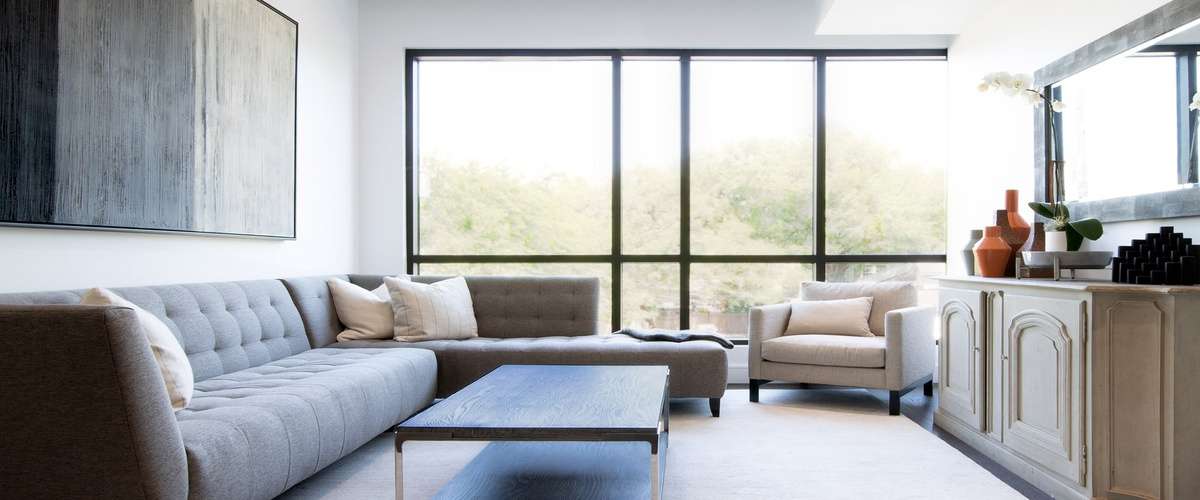















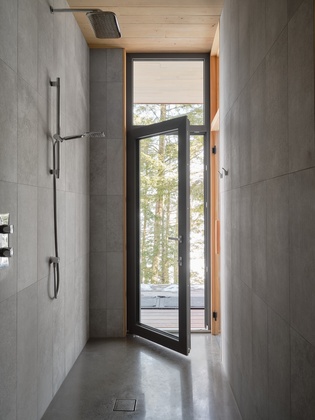

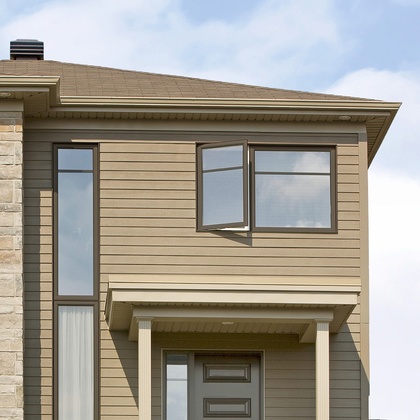


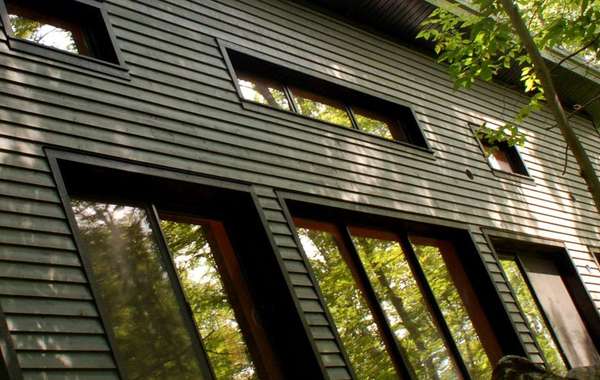
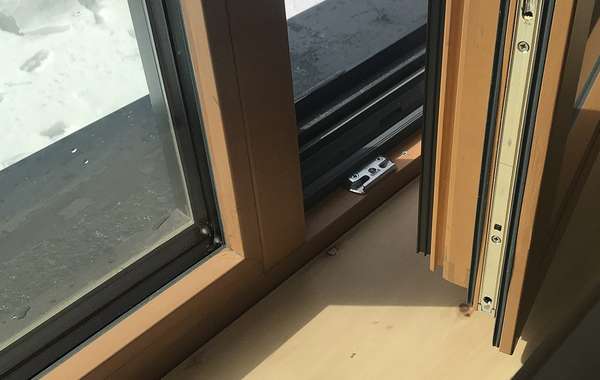
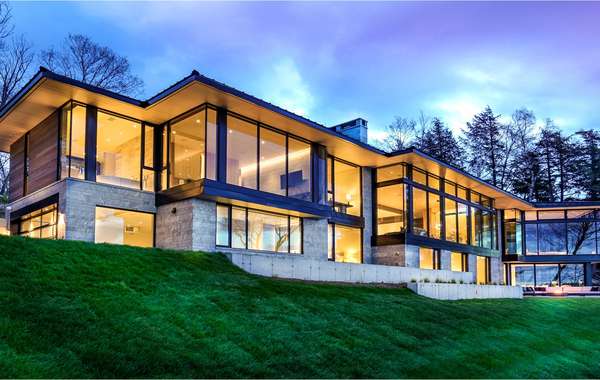
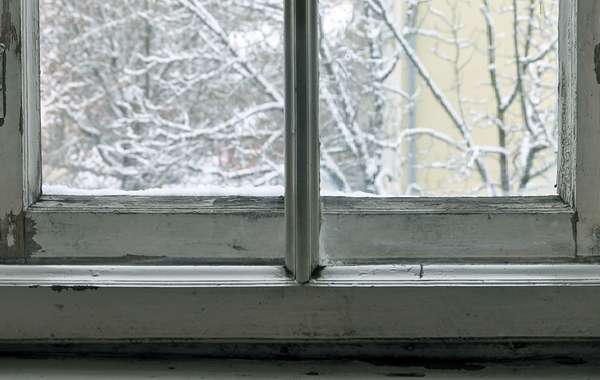
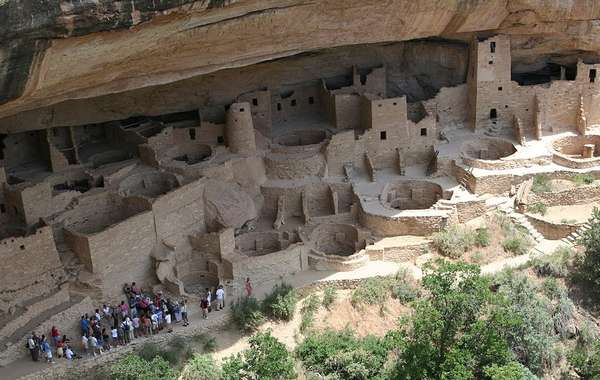
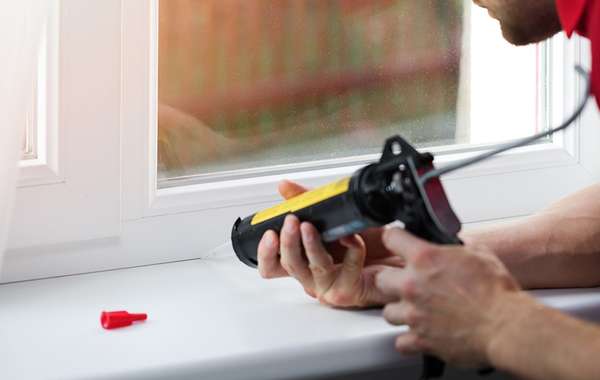
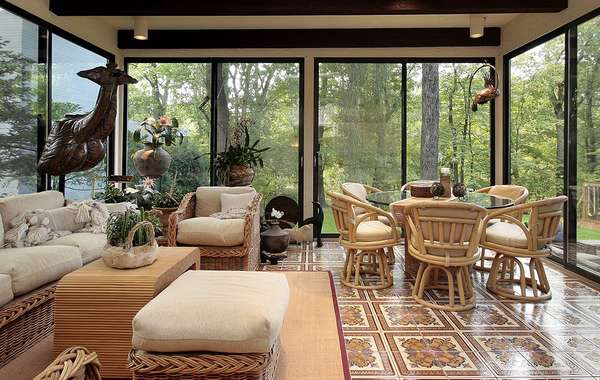
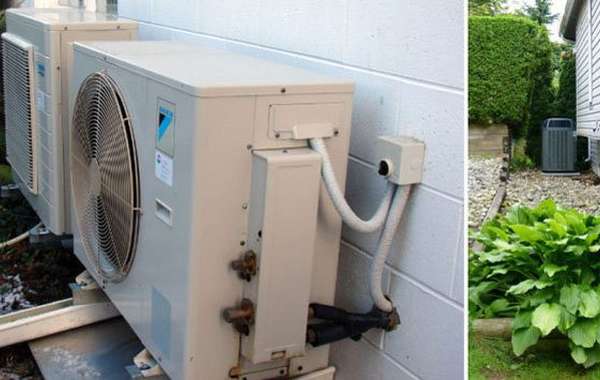
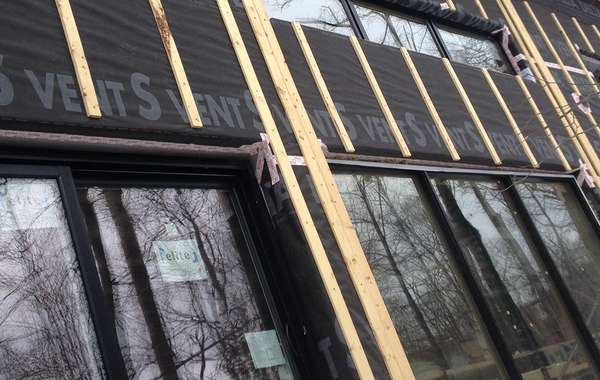
Comments (0)
Sign Up to Comment